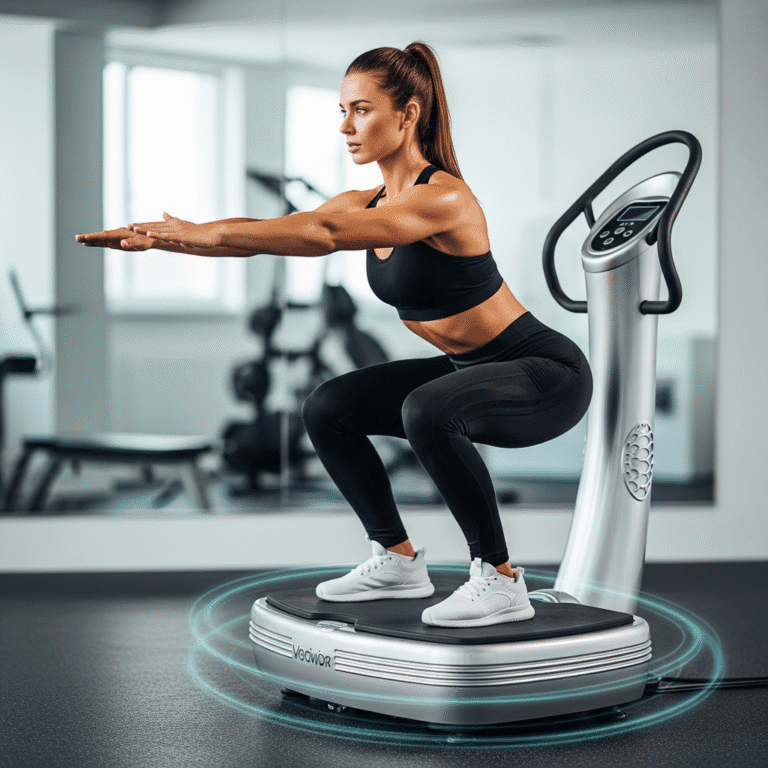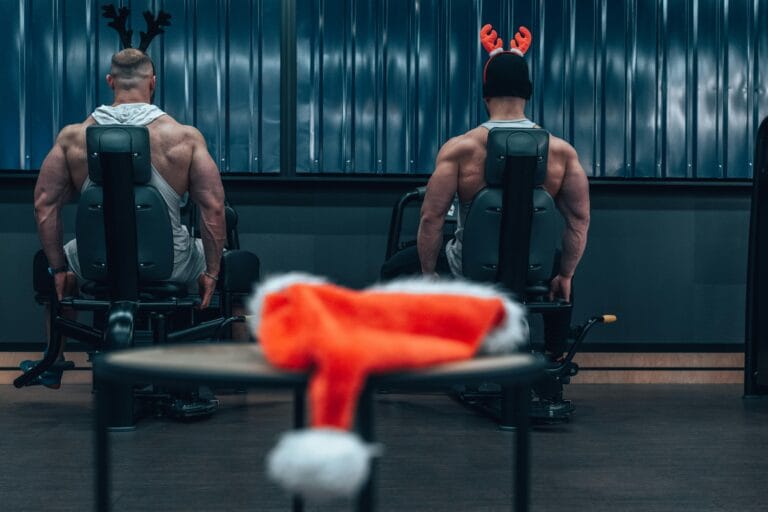FREE SHIPPING OVER $50
I Sat Like This for 10 Days—The Painful Truth About What It Did to My Spine

We all know we should sit up straight. We’ve been told since childhood to have good posture, but as adults chained to a desk, we often default to the familiar slump: rounded shoulders, forward head, and a flattened lower back. This chronic slumping is called kyphosis or upper crossed syndrome, and it’s the root cause of much of the chronic back pain and neck pain suffered today. After years of struggling with persistent aches, I decided to conduct a personal fitness experiment: I committed to sitting in perfect posture—no slouching allowed—for 10 days straight.
The title promises a painful truth, and honestly, the first few days were physically painful, but not for the reason you might think. The pain didn’t come from sitting correctly; it came from the intense work required to override years of terrible posture habits. My muscles screamed in protest. However, pushing through those 10 days unlocked profound, lasting changes in my spine, core strength, and overall energy levels. This is the science-backed story of the discomfort, the surprising revelations, and the permanent transformation that resulted from forcing my body into optimal ergonomic alignment.
The “Like This” Posture: Defining Optimal Spine Alignment
Before I started the 10-day challenge, I needed a definitive, science-backed definition of perfect posture. It’s not about being rigidly stiff; it’s about aligning the three natural curves of your spine (cervical, thoracic, and lumbar) to minimize stress.
The Three Points of Contact
When sitting, perfect posture means achieving three essential points of alignment:
- Feet: Planted flat on the floor or a footrest. Your knees should be level with or slightly lower than your hips. This stabilizes the base.
- Hips and Lower Back: Sit with your hips slightly forward (on your sit bones) to maintain the natural inward curve (lumbar lordosis). I used a rolled towel or lumbar cushion to support this curve, preventing the lower back from flattening out.
- Head and Shoulders: Shoulders are relaxed and pulled slightly back (not rigidly pinched). The ears are aligned directly over the shoulders, and the chin is gently tucked (in the “chin tuck” position) to correct the forward head posture.
My mission for 10 days was to maintain this alignment—which, as I quickly discovered, requires far more active effort than passive slouching.
Day 1-3: The Painful Truth of Muscle Weakness
The immediate discomfort proved the core hypothesis of physical therapy: poor posture is not a habit problem; it’s a strength and flexibility problem.
The Pain Points
- Mid-Back Fatigue: My rhomboids and mid-trapezius muscles, the primary stabilizers of the shoulder blades, began to fatigue almost immediately. They weren’t used to holding my shoulders back, causing a deep, aching burn within an hour of sitting.
- Core Engagement: Maintaining the natural lumbar curve requires constant, subtle engagement of the deep core muscles. Since I was used to relaxing those muscles while sitting, my lower back felt strained as the stabilizing muscles woke up.
- The Forward Head Hang: The most painful truth was realizing how much forward head posture I had. My neck extensors were tight, and forcing my head back into alignment felt like constant stretching, causing tension headaches by the end of the day.
The pain was not a sign that perfect posture was bad; it was proof that my “slouch muscles” were short and tight, and my “posture muscles” were weak and dormant. I was building endurance in dormant muscle groups.
Day 4-7: The Energy and Focus Revelation
Once the initial, severe soreness subsided, the neurological and energy benefits began to emerge. My body was learning to conserve energy.
The Core Strength Shift
- Passive Support: Around Day 5, I noticed I was spending less mental energy on correcting myself. My deep core muscles (transversus abdominis and multifidus) started providing passive support to the lumbar spine. The slight inward curve became easier to maintain naturally.
- Reduced Brain Fog: Posture has a profound impact on cognitive function. Sitting up straight encourages better thoracic extension, allowing for deeper breaths and better oxygen flow. This improved circulation to the brain immediately reduced my mid-afternoon brain fog.
- The Spinal Flow: By keeping the spine in its neutral alignment, I reduced the compression on the vertebrae and disks, which relieved the chronic, dull ache that used to settle in my lower back every evening. This was the turning point in addressing my back pain.
I started integrating a 5-minute routine of “Wall Angels” and “Chin Tucks” mid-day to specifically strengthen the weakened back and neck muscles, accelerating the posture change.
Day 8-10: The Permanent Transformation and Confidence Boost
By the final phase, the pain had largely vanished, replaced by an awareness of when I was slipping back into the old slump. The most profound changes were non-physical.
The Confidence Factor
- Body Language: Posture is immediate, non-verbal communication. I found that sitting and standing taller made me feel more assertive and composed. This change in physical stance directly contributed to a surge in self-confidence and presence during meetings.
- Muscle Memory: The new position was no longer an active effort; it was becoming my default. When I would intentionally slouch, it now felt distinctly uncomfortable—a complete reversal from Day 1. My body’s muscle memory was rewriting itself.
- Neck Relief: The sustained effort to maintain the “chin tuck” position effectively reversed my forward head posture, a condition that research shows can add up to 60 pounds of functional weight to the neck, leading to chronic tension. My daily headaches virtually disappeared.
My experiment proved that the discomfort of correcting years of bad posture is a short-term investment that yields massive, long-term returns in spine health, back pain relief, and confidence.
Sustaining the Gains: Making Posture Permanent
Completing the 10-day challenge is just the start. Posture is a continuous effort that requires strategic maintenance.
Key Ergonomic Fixes
- Monitor Height: Adjust your monitor so the top third of the screen is at eye level. This eliminates the “cranial drop” that forces your head forward.
- Sit-Stand Breaks: Never sit for more than 60 minutes at a time. Set a timer and stand, stretch, or walk for 5 minutes. Fitness is about movement, not just exercise.
- Lumbar Support: Always use a lumbar roll or cushion to maintain the natural arch in your lower back, removing the need for constant, fatiguing muscle effort.
Conclusion
The painful truth about sitting in perfect posture for 10 days is that it exposed how weak my stabilizing muscles had become and how much unnecessary stress I was placing on my spine. However, this short period of discomfort was quickly followed by dramatic, lasting relief: eliminated back pain, stronger core muscles, and a noticeable boost in confidence from a corrected posture. This experiment underscores a critical fitness lesson: true longevity and well-being depend not just on how much you move, but on how you hold your body when you are still. Make the choice to maintain optimal spine health daily.
Related Articles
- Over 40? These 5 Warm-Up Mistakes Are Killing Your Gains—Here’s What to Do Instead
- I’m a Weightlifting Coach—Here’s the One Lower-Body Move I Recommend Instead of Lunges
- Sitting Too Much? This One Move Reverses the Damage and Slows Aging, Say Experts
- Over 60? These 3 Exercises Rebuild Strength, Boost Energy, and Keep You Feeling Young
- Why Some Athletes Peak After 40—Neuroscience Reveals the Brain Advantage



